Hexagrams and Bazi (will Hexagrams be good if you learn Bazi)
1. Six lines and eight characters
Hexagrams and Bazi are two important prediction tools in traditional culture, which are widely used in the fields of numerology and feng shui. Hexagram is a trigram composed of three yin lines and three yang lines, through the deduction of the changes in the lines to predict the development trend of things; and eight is based on a person's birth year, month, day, time, through the combination of heavenly stems and earthly branches of the eight characters, used to project personal fortune and personality traits. Next will be the hexagrams and eight characters as the theme, to explore the historical origin, theoretical basis and modern applications behind them.
Let's understand the origin and development of hexagrams. Hexagrams originated from, the ancient "I Ching", which is, the ancient * early a philosophical text, known as ", the encyclopedia of culture". The I Ching" mainly studies the change law of all things in heaven and earth, and the hexagrams, i.e., the graphics composed of six lines, is regarded as an important tool for predicting the changes of things. Six lines of the prediction method of "building trigrams" and "trigrams" two, respectively, by determining the trigrams at a certain point in time, lines and lines, revealing the development of the issue of carrying out and development trend.
The theoretical basis of hexagrams lies in the doctrine of yin and yang and the five elements. The doctrine of yin and yang believes that everything in the universe is composed of mutually opposing and interdependent yin and yang aspects, and the six lines of the yin lines and yang lines is from the yin and yang point of view to interpret the different states of things. And the five elements doctrine that everything can be summarized into five basic elements: wood, fire, earth, gold, water. The lines of six lines are usually related to the five elements, and the outcome of a problem is deduced by analyzing the attributes of the five elements in the lines.
Compared to hexagrams, the origins of the Eight Characters are more distant and complex. Eight characters originated from the ancient art of prediction, also known as "four pillars, eight characters", which is based on the combination of the year of birth, month, day and hour of the Heavenly Stems and Earthly Branches of the eight characters. The combination of Heavenly Stems and Earthly Branches forms ten Heavenly Stems and twelve Earthly Branches, which correspond to the Five Elements, and are used to project an individual's destiny and character traits.
The theoretical basis of the Eight Characters is mainly based on the Heavenly Stems and Earthly Branches and the Five Elements of Yin and Yang. The Heavenly Stem and Earthly Branches is the ancient standard for dividing time and space. The Heavenly Stem has ten characters and the Earthly Branches has twelve characters, which are arranged and combined to form the Eight Characters through the corresponding ordinal numbers, with each character representing a specific attribute and energy. On the other hand, the doctrine of Yin-Yang and Five Elements is based on the law of change of everything in the universe, and divides things into five basic elements: wood, fire, earth, gold and water. Each Bazi contains the attributes of one or more of the five elements, and by comprehensively analyzing the combination of the five elements in the Bazi, one can deduce a person's character traits and the direction of fortune.
Hexagrams and Bazi are still widely used in modern times. In numerology, the Eight Characters are used to project an individual's destiny and character traits, which can help an individual understand themselves, develop their potential and plan for the future. Hexagrams, on the other hand, can be used to divine and predict the development of various things, including relationships, marriage, career, and finance. In Feng Shui, the eight characters and six lines are also used to study the suitability of the home environment and the flow of the Feng Shui aura.
: It is important to note that hexagrams and bazi are only a tool and a reference, and should not be considered as the sole determinants of fate. People's destiny is affected by a wide variety of factors, including personal efforts, changes in the environment, and chance factors. Therefore, we should be rational when using hexagrams and eight characters, not blindly superstitious, not to mention that we can not completely rely on them, but should be combined with efforts, wisdom and practice.
: Hexagrams and Bazi, as important predictive tools in traditional culture, carry the ancient people's thinking and understanding of everything in the universe. With their deep historical origin and theoretical foundation, they provide a window for people to observe the world and understand themselves. In modern times, hexagrams and bazi are still active in the fields of numerology and feng shui, providing people with a way to explore and divine the unknown. We need to be rational when using hexagrams and bazi, and use them as a tool to assist in judgment, not as the sole basis for decision-making. At the same time, we should also maintain reverence for the cultural and philosophical ideas behind hexagrams and bazi, and promote the essence and wisdom of traditional culture.
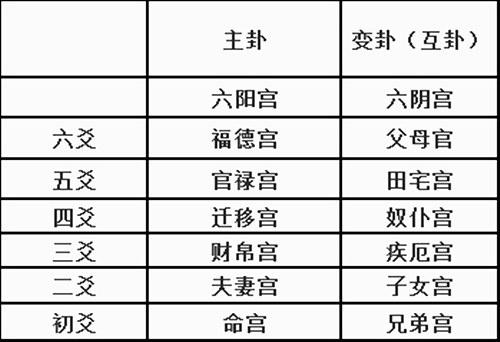
2, eight learned hexagrams will be
Learned eight hexagrams will be? This is a common question, but also many people in the study of eight and six lines often encounter confusion. Bazi and hexagrams are both, ancient prediction disciplines, the two have different methods and theoretical basis in predicting and analyzing fate. Although the eight characters and six lines are part of the predictive science, but does not mean that learning one will be able to fully master the other.
The starting point and theoretical basis for the study of eight characters and six lines are different. Baziology is a method of analyzing a person's fate and personality traits based on information about the specific time, date, and place of his or her birth. Bazi study that the fate of people are mainly affected by the factors of heaven, earth, people, through the arrangement of the eight characters to analyze and deduce. Hexagrams, on the other hand, are used to predict and analyze a person's fate through forecasting. Hexagramology is based on the theoretical foundation of the I Ching to make predictions, and speculates on future developments and changes through the changes and combinations of the six lines. Therefore, Baziology focuses more on the character and destiny of an individual, while Hexagramology focuses more on the analysis of prediction and change.
The learning methods and requirements of Bazi and Hexagram are also different. To learn the study of the eight characters first need to master a certain theoretical knowledge, understand the composition of the eight characters and their corresponding meanings, but also need to study in-depth the theory of the study of the eight characters and analyze the method. The study of hexagrams, on the other hand, requires a certain understanding of the "I Ching" and research, to master the meaning of hexagrams and their prediction methods, but also need to improve their prediction level through practice and experience. Therefore, the study of hexagrams is relatively more focused on the accumulation of practice and experience, while the study of the eight characters need to systematically learn the relevant theoretical knowledge.
: Bazi and hexagrams are also different in practical application. Bazi is mainly used to analyze personal character traits, career, marriage, wealth and other aspects of the analysis of the eight characters to predict the direction of a person's fate and development trends. Hexagrams, on the other hand, are more often used to predict and analyze the development and change of a certain thing or an event, including the weather, the line of battle, production, buying and selling, and so on, through the prediction of the hexagrams to predict the direction and results. Therefore, the eight characters are more inclined to the fate of individuals, while the six lines are more widely used in various fields.
: Although the study of eight characters and hexagrams are part of the science of prediction, but its theoretical basis, learning methods, application are different. Learning one does not completely master the other, for those who want to understand and master the science of prediction, should be in the eight learning and hexagrams between the two to get used to. By learning the organic combination of Bazi and Hexagrams, one can more comprehensively analyze and analyze the fate of people and predict changes. Only by enriching one's prediction knowledge and improving one's prediction level can one better apply prediction science to provide useful help for individuals and reality.
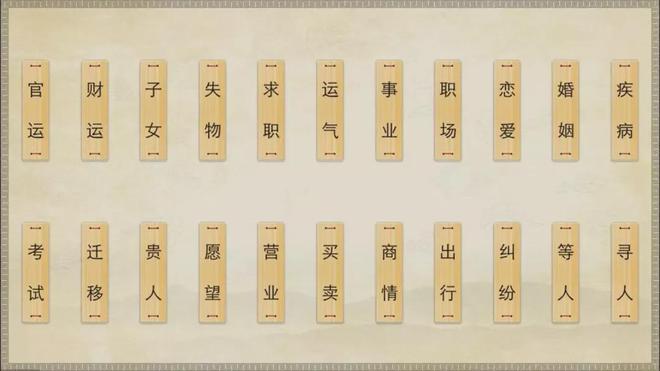
-
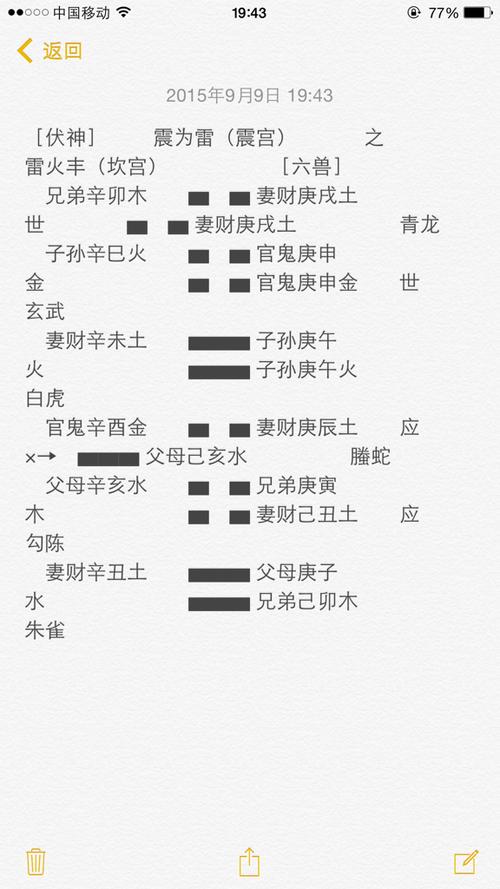
Hexagrams asking for marriage (female test hexagrams official ghosts moving to wife's wealth marriage)
1, six lines ask marriage Marriage is a crucial part of life, concerning personal happiness and...
Liuyao divination -
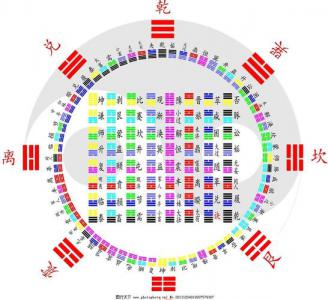
Than the hexagram six lines move (water and land than the hexagrams of the first six lines of the hexagrams of the words of the Fu than the funny end to have it auspicious)
1, than the hexagrams move Hexagram is, in ancient times, a prediction method, which uses six yarrow...
Liuyao divination -
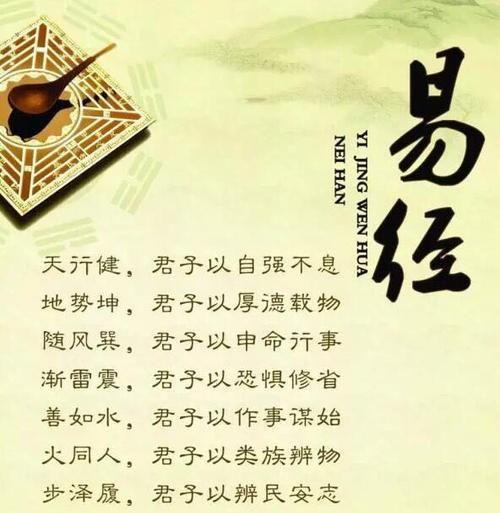
Hexagrams and Drawing Lots (Hexagrams Divination and Interpretation Methods)
1. Hexagrams and Drawing Lots In, the traditional culture, hexagrams and drawing lots are two...
Liuyao divination -
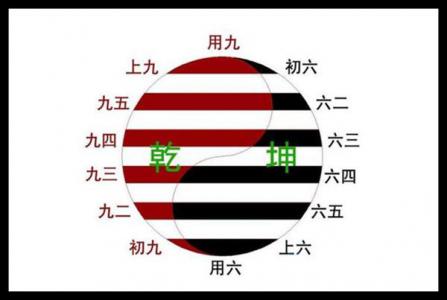
Six lines and six gods (six gods in six lines in the correct row)
1, six lines and six gods The six lines and six gods are, important concepts in ancient Taoist philosophy. It...
Liuyao divination -
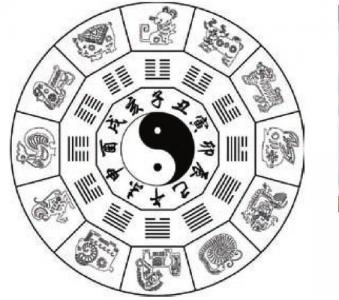
Bagua plus hexagrams (the relationship between the six lines in hexagrams)
1, gossip plus hexagrams In traditional culture, Bagua and Hexagram are both important symbols and work...
Liuyao divination -
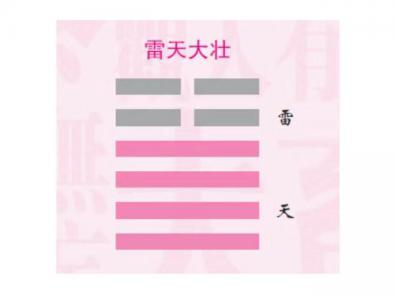
Dazhuang Gua hexagram (Zhouyi Dazhuang Gua detailed hexagram interpretation)
1, Da Zhuang Gua hexagrams Dazhuang Gua hexagram knowledge analysis Hexagram is, in ancient times, the prediction of ...
Liuyao divination -
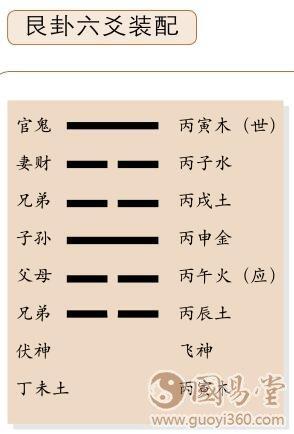
Hexagrams Shan Tian Dai (Hexagrams for Marriage Changing Hexagrams Zeshan Xian)
1, hexagram mountain sky big Hexagrams, is, a method of prediction in ancient Yijing, known as...
Liuyao divination -
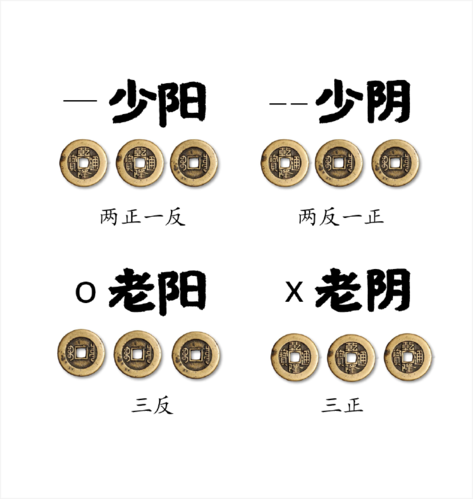
Cooperation in the Sixth Line (can the lines be successful if the lines are born to the lines)
1. Cooperation in hexagrams Cooperation is an integral part of life, whether it is an individual's...
Liuyao divination -
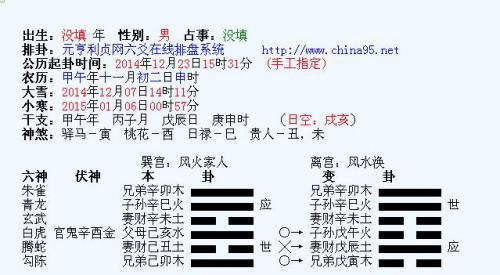
Hexagrams with many official lines (Hexagram hexagrams to measure the work of the official ghost lines hidden)
1, six lines official lines more Hexagrams is an important ancient Chinese academic prediction, it is to...
Liuyao divination -
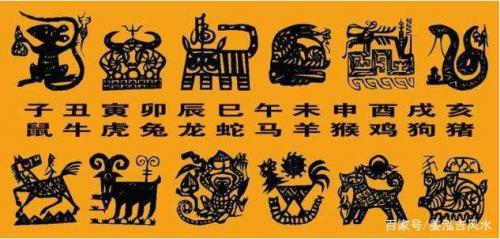
Hexagram dao Chong You (is Hei, Mao and Wei triad wood still Chong You?)
1, hexagrams dao Chong You Six lines, also known as sixty-four hexagrams, is, in ancient times, a prediction method...
Liuyao divination
Zodiac
- [Chicken]1981 Rooster Capricorn Boy
- [Chicken]2023 Rooster's Lucky Colors
- [Chicken]1993 Rooster Matching Chart
- [Chicken]2005 Rooster Boy Suitable Occupation
- [Chicken]Female Chicken and Male Dog Marriage
- [Chicken]Fate of a Rooster born in 1981
- [Chicken]What is the best month to be born in 1981 for a Rooster?
- [Chicken]How old is a 1957 Rooster?
- [Chicken]Are male Rooster and female Rabbit suitable to be husband and wife?
- [Chicken]12 Rooster Women
Hot Topics
- What does it mean to dream of shopping?
- How to solve the eight characters of the five elements of the Year of the Rooster (a complete list of the five elements of the Rooster's zodiac sign and year of birth)
- What is the best feng shui location for wine in your home?
- What is the meaning of the main star of the Bazi, Zheng Guan and Zheng Cai, the yen and Zheng Cai?
- Happy winter solstice wishes, happy winter solstice, warm heart
- October 22 of the lunar calendar in 2025 is an auspicious day for engagement. Is it a good day for engagement?
- I dreamt that a dead old man was talking to me.
- Do you dream of strange and exotic surroundings?
- Is it good to be a Dragon at the time of the Dragon's birth?)
- What to Eat on the Winter Solstice - Winter Solstice Food Feast: The Warmth of Traditional Food
- Villa entrance door feng shui
- Rat Man and Tiger Woman Zodiac Pairing
- Bazi
- Layout
- Nameing
- look face
-
1
What to Eat on the Winter Solstice - Winter Solstice Food Feast: The Warmth of Traditional Food
-
2
Happy winter solstice wishes, happy winter solstice, warm heart
-
3
October 22 of the lunar calendar in 2025 is an auspicious day for engagement. Is it a good day for engagement?
-
4
Is it good to get engaged on the 21st day of the tenth lunar month in 2025? Is the engagement auspicious?
-
5
What is the opening day on October 22 of the lunar calendar in 2024? It is advisable to open the market for business. Inquiry on auspicious days
-
6
Is the 16th day of the tenth lunar month in 2024 an auspicious day for engagement? Can you get engaged and get married today?
-
7
Is the 14th of October in the lunar calendar in 2024 a good day to open? It is appropriate to inquire about the auspicious day for opening?








